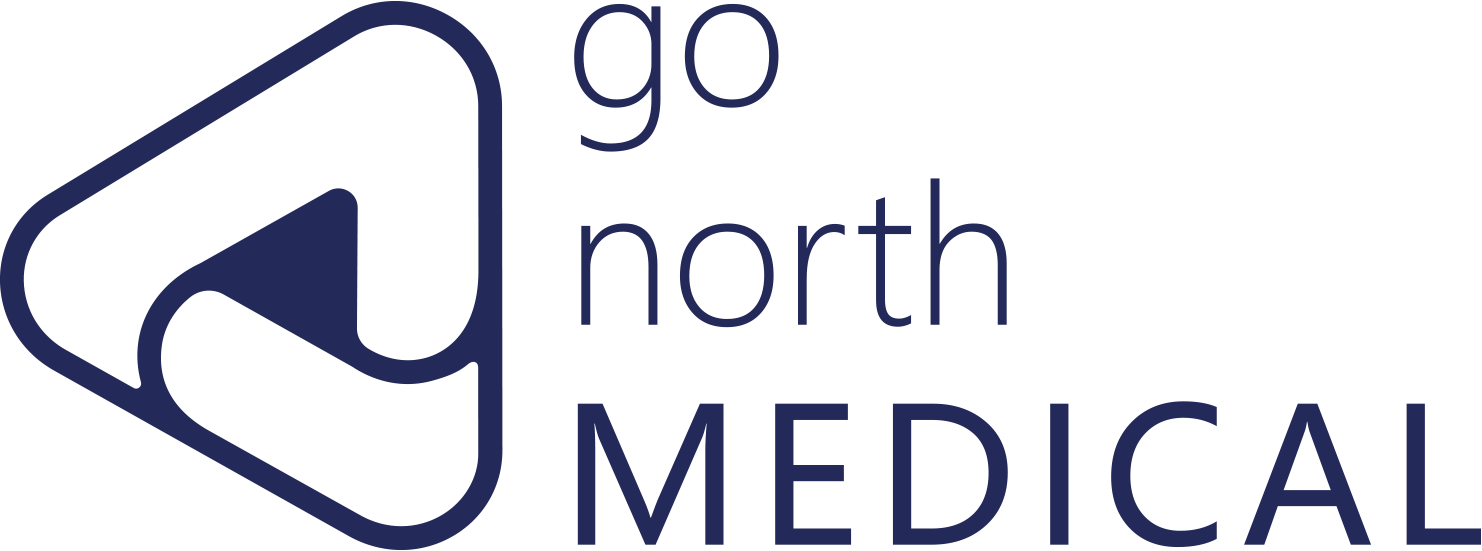Up to What Extent Does Dravet Syndrome Benefit From Neurostimulation Techniques?
Ding J, Wang L, Li W, Wang Y, Jiang S, Xiao L, Zhu C, Hao X, Zhao J, Kong X, Wang Z, Lu G, Wang F, Sun T.
Front Neurol. 2022 Apr 13;13:843975
doi: 10.3389/fneur.2022.843975.
In April of this year, Ding et al. published a systematic review and meta-analysis evaluating the efficacy of neuromodulation techniques, especially vagus nerve stimulation (#VNS), in treating Dravet syndrome (#DS).
For evaluating the treatment outcome of VNS, 15 articles (107 patients in total) published between 2016 and 2021 were included. The results showed that the responder rate (≥ 50% reduction in #seizure frequency) of VNS for DS patients is 56%, and the seizure-free rate is 7.5% (8 patients). According to a recent meta-analysis of 101 studies [1], the responder rate and seizure-freedom rate for VNS in pediatric patients with heterogeneous epilepsy etiologies were 56.4% and 11.6%, respectively. Another study reported that VNS was effective in 54.6% of patients with Lennox-Gastaut syndrome (#LGS) [2]. These results suggested an equal efficiency of VNS in DS and non-DS patients with drug-resistant epilepsy.
[1] Jain P, Arya RJN. Vagus nerve stimulation and seizure outcomes in pediatric refractory epilepsy: systematic review and meta-analysis. Neurology. (2021). doi: 10.1212/WNL.0000000000012030. [Epub ahead of print].
[2] Thirunavu V, Du R, Wu JY, Berg AT, Lam SK. The role of surgery in the management of Lennox-Gastaut syndrome: a systematic review and meta-analysis of the clinical evidence. Epilepsia. (2021) 62:888–907. doi: 10.1111/epi.16851.


